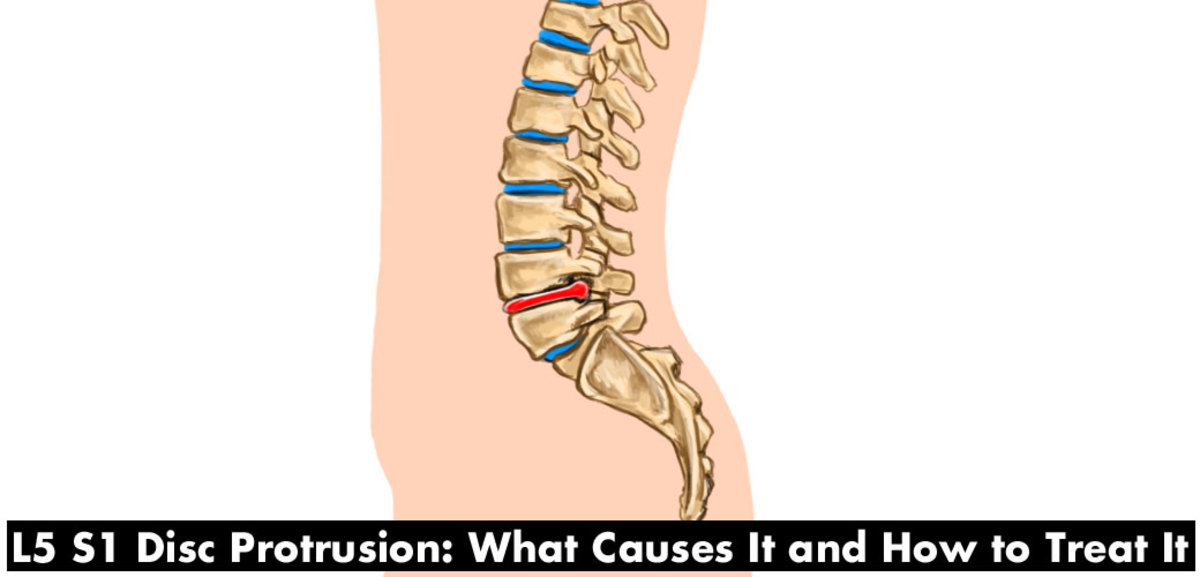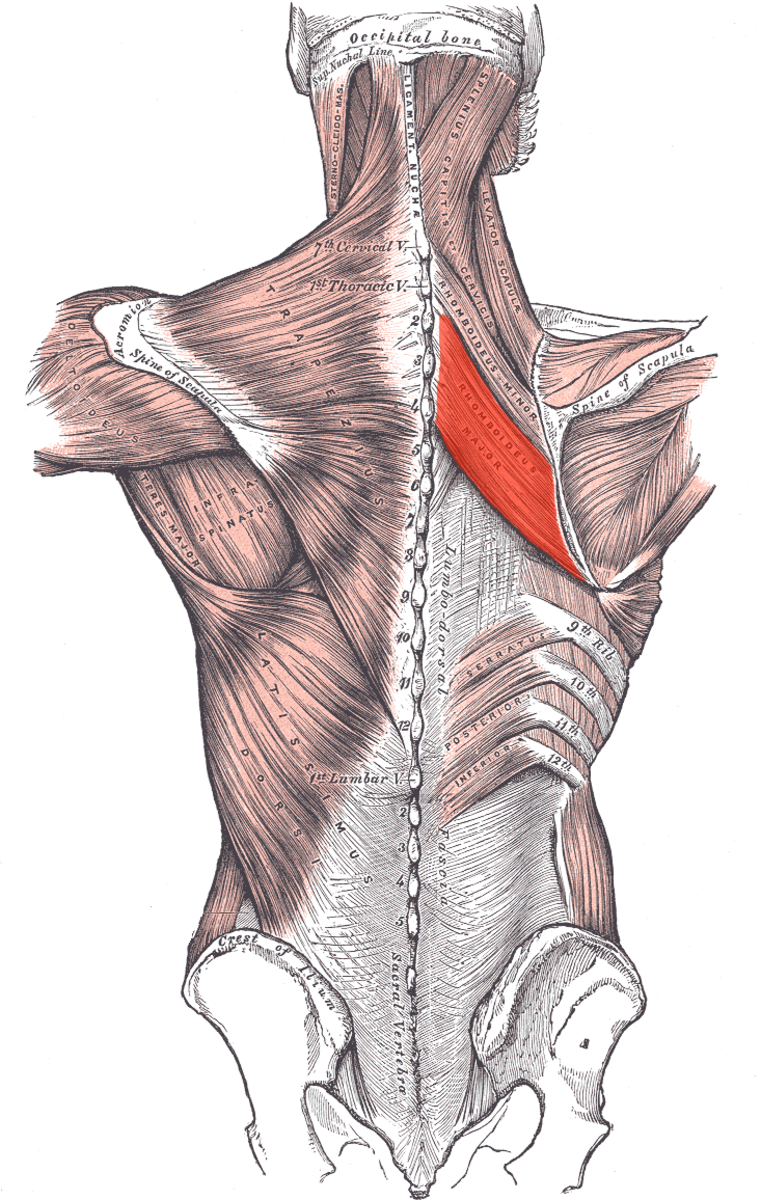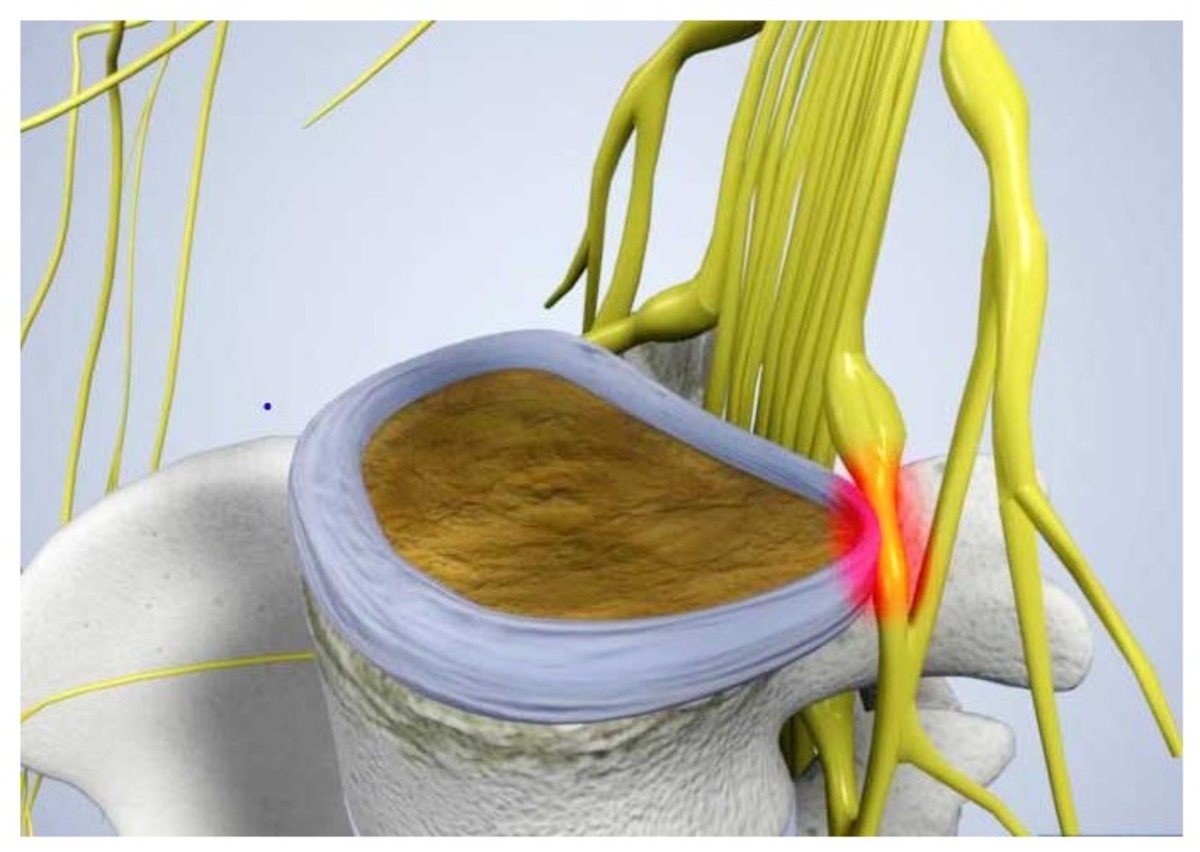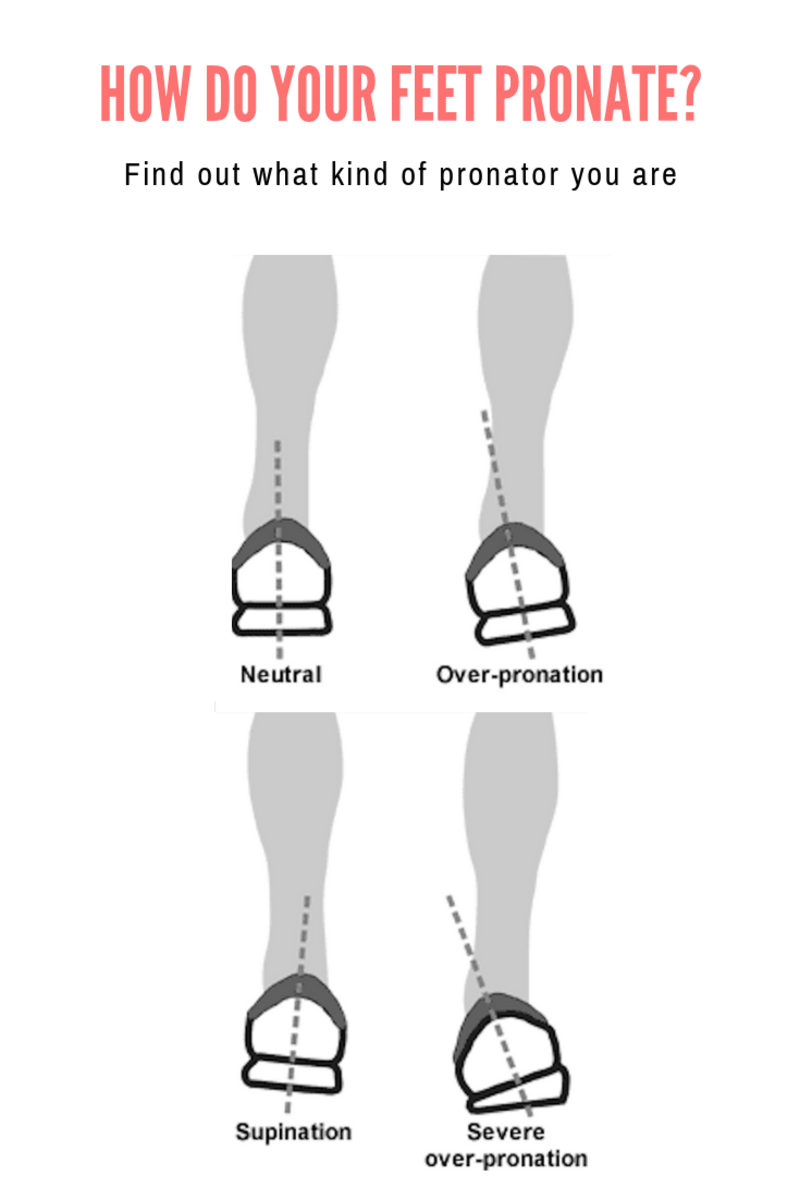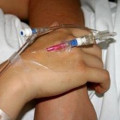Everything You Should Know About Degenerative Disc Disease
Degenerative disc disease is a condition that occurs when your discs begin to wear out. Usually, it happens as you age and worsens over time. While the condition isn't curable, you can manage your symptoms with physical therapy provided a specialist in orthopedics as well as at-home measures.
Overview of Degenerative Disc Disease
Inside of your back, you have discs in between your vertebrae -- the bones that make up your spine. These discs act like shock absorbers for the bones in your spine to prohibit them from coming in contact with one another. Over time, your discs may wear out. In some cases, your discs may wear away completely, so you have no shock absorber in between a vertebrae. The discs also lose hydration and become less flexible.
Moreover, when one on more of your discs experiences degenerative disc disease, the vertebrae in your back begin to rub together.
Signs of Degenerative Disc Disease
If you have this condition, you might experience pain that tends to affect your lower back. Sometimes, the pain will even extend to your buttocks and legs. Sometimes, your leg muscles will feel weak or possibly go numb from the issue.
On other hand, if the condition affects the upper portion of your back, you may pain that extends to your arms and neck. Numbness in your arms is possible as well.
The pain you experience from degenerative disc disease may worsen when you lift an item, twist, or bend. The pain may even worsen when you sit and place pressure on your discs.
The pain isn't always chronic. In fact, the pain may only last for a few days or several months and then return in the future. Keep in mind that this condition will worsen over time.
Causes of Degenerative Disc
The main cause of degenerative disc disease is age. The discs in your back will naturally dry and lose their ability to function over time. You may start to notice symptoms of this condition as early as your 30s and 40s.
Sometimes, degenerative disc disease stems from an injury, possibly from sports or when you perform repetitive activities that stress the discs in your back. Unfortunately, once you damage a disc, the disc won't repair itself because limited blood reaches your discs. Since the disc won't heal, it'll start to deteriorate over time.
Factors That Increase Your Risk of Degenerative Disc Disease
While age remains as the most prevalent risk factor for this condition, obesity will further increase your risk. Your risk is also higher if you perform strenuous activity on a routine basis since you may injure or stress the discs in your back.
Additionally, your chances of developing this condition increase if you have a sudden injury or smoke.
Process for Diagnosing Degenerative Disc Disease
If you suspect you have this condition, a doctor will conduct a physical to assess the range of motion in your back and look for any visible signs of a problem. Your physician will also discuss your symptoms, including:
- Location of the pain
- Frequency of the pain
- Severity of the pain
- Circumstances that initiated the pain
- Problems you experience besides pain
Once your doctor completes the physical and discusses your symptom, he or she will usually recommend you undergo imaging. The particular testing allows the practitioner to receive an image of the inside of your back. Usually, your doctor will recommend an MRI, so he or she can view the discs as well as the bone.
Treatment for Degenerative Disc Disease
After your physician determines you have degenerative disc disease, he or she may recommend physical therapy, so you can maintain the range of motion in your back. Additionally, physical therapy can help you manage pain.
Your doctor may also recommend measures you can take at home to combat your symptoms. For instance, your doctor may educate you about hot and cold therapy to ease your pain as well as exercises you may perform to enhance your results. Over-the-counter medications are also useful as treatment option.
Although degenerative disc disease is a chronic, progressive condition, your symptoms are manageable with physical therapy and at-home measures. In fact, your physician will take the necessary steps to create a plan especially for your needs.



